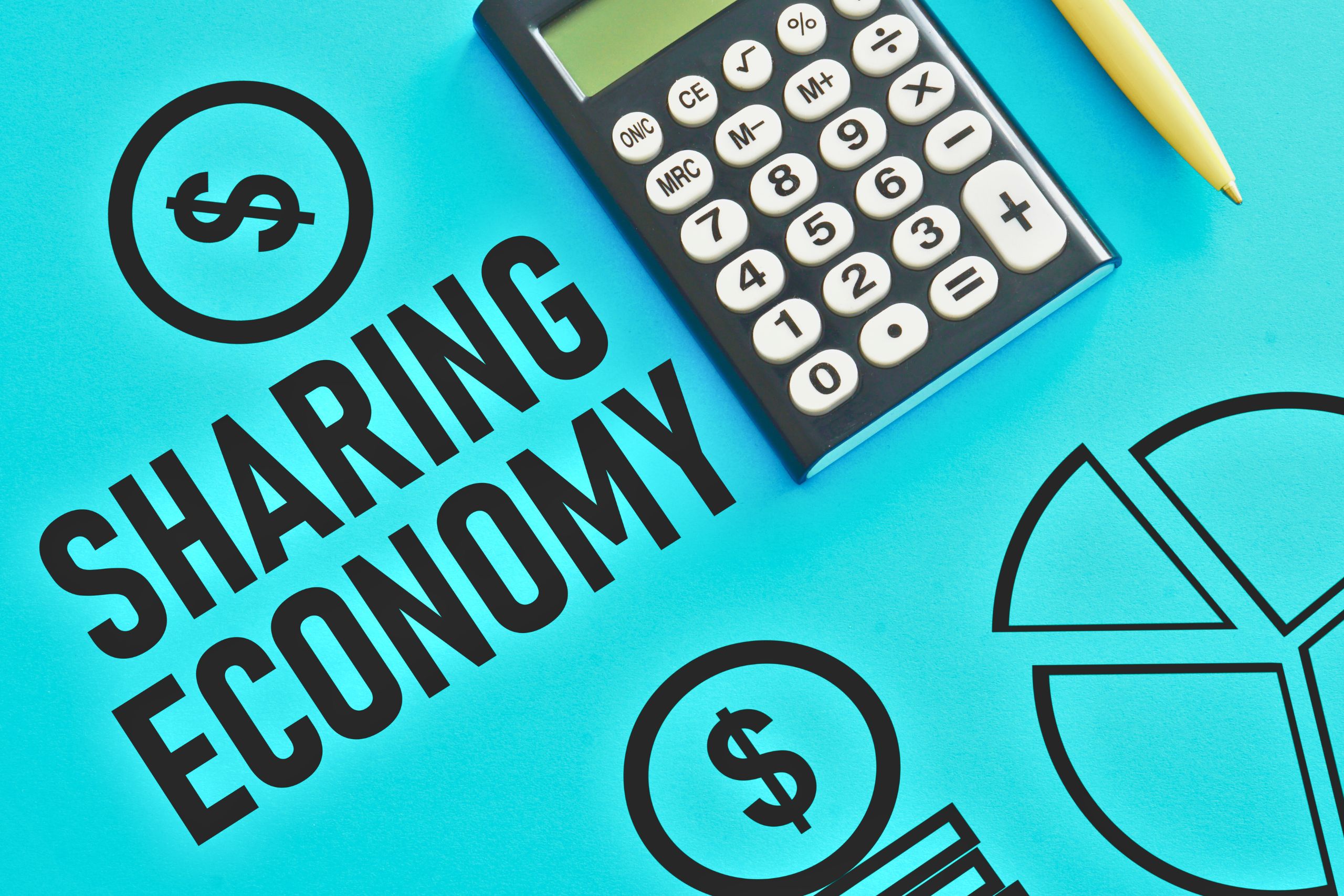The sharing economy and its benefits
The sharing economy is an innovative approach to economics where people share resources and services instead of owning them individually. This model is linked to the rise of digital platforms that facilitate the connection between those who offer services or goods and those who need them. Examples of platforms that work on this principle are Uber, Airbnb and TaskRabbit.
How does the sharing economy differ from the traditional economy:
- Efficient use of resources - One of the main advantages of the sharing economy is the efficient use of resources. In a traditional economy, many resources remain unused for much of the time. For example, cars are parked most of the day and homes can be empty for long periods. The sharing economy allows these resources to be used more efficiently by making them available to a wider user base. This not only reduces the need to purchase new resources, but also contributes to reducing waste and protecting the environment.
- Accessibility and flexibility for users – Flexibility and convenience are key benefits of the sharing economy. Users can easily find and book services through online platforms that are accessible anytime and anywhere. This facilitates the process of finding the necessary services and products and shortens the time to receive them. Additionally, sharing economy platforms often provide detailed information and ratings from other users, helping new users make informed choices.
- Additional income for suppliers - Financial benefits are another important aspect of the sharing economy. For consumers, it offers lower prices and greater flexibility. Instead of buying expensive products or services, people can rent or share them for a period of time. This not only reduces costs, but also allows people to use higher quality products and services that would otherwise be unavailable. On the other hand, for service providers and resource owners, the sharing economy represents an opportunity for additional income. They can monetize their unused assets by providing them to other people for a fee.
- Social benefits – The sharing economy also promotes social connectivity and community interaction. By sharing resources and services, people have the opportunity to meet and interact with other members of society, which can strengthen social ties and create a sense of belonging. For example, when renting a home through Airbnb, guests often have the opportunity to meet local hosts and receive unique recommendations and information about local attractions and culture.
Companies that use a sharing economy model
An interesting aspect of the shared economy is the possibility of innovation and development of new business models. Many startups are using the principles of the sharing economy to create innovative products and services that meet the needs of today's consumers. This stimulates entrepreneurship and creates new opportunities for employment and economic growth.
- Uber – provides transportation services through a platform that connects drivers and passengers.
- Airbnb – offers a platform for renting short-term accommodation, connecting hosts and guests.
- Lyft – similarly to Uber, provides ride-sharing services.
- TaskRabbit – connects people who need help with various tasks with contractors who offer these services.
- Turo – a platform for renting cars from private owners.
- BlaBlaCar – offers a long-distance carpooling service, connecting drivers with passengers traveling in the same direction.
- Zipcar – offers a car sharing service that can be rented for a short period of time.
- LendingClub – a peer-to-peer lending platform connecting lenders and borrowers.
- Getaround – a car-sharing service that allows owners to rent out their cars.
These companies exemplify the successful implementation of the sharing economy model, offering convenience, efficiency and new opportunities for both consumers and service providers.
One of the notable examples of the sharing economy is Peer-to-peer (P2P) lending. In the traditional financial system, loans are granted by banks or financial institutions. In P2P lending, however, platforms connect lenders and borrowers directly, eliminating the need for intermediaries. This leads to a more efficient and transparent distribution of financial resources. Eliminating middlemen means lower loan administration and processing costs, often resulting in lower interest rates for borrowers and higher returns for lenders. P2P platforms provide financing opportunities to individuals and small businesses that may not meet the strict criteria of traditional banks, making credit more accessible to a wider range of people.
Conclusion
The sharing economy represents an innovative and efficient model of resource utilization that offers multiple advantages for users and service providers. It is changing the way people think about ownership and access to goods and services, promoting efficiency, flexibility and social connectivity. Despite regulatory and security challenges, the sharing economy continues to grow and play an important role in the modern economy. It not only offers more sustainable and economically profitable solutions, but also stimulates innovation and creates new opportunities for economic and social development.







